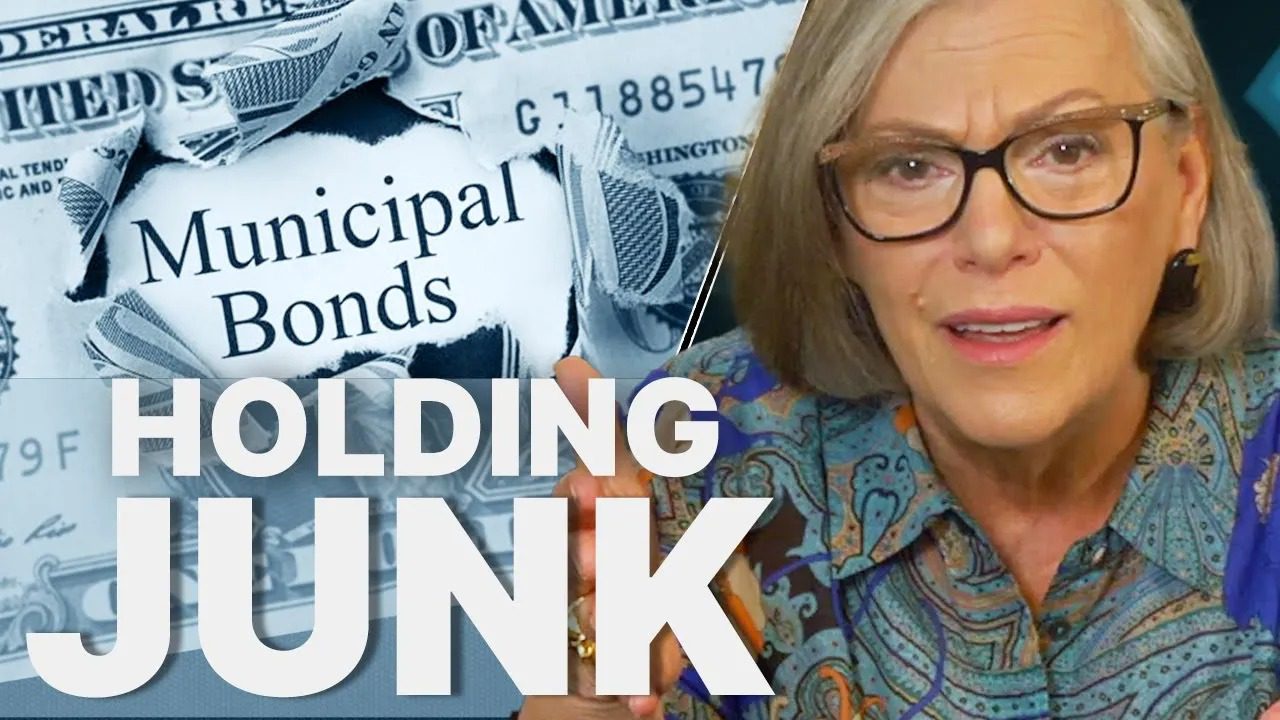U.S. Gold Coins

Gold and the U.S. Mint
Gold has become so popular at the U.S. Mint that it is often referred to as the U.S. gold mint, rather than the U.S. Mint.
The U.S. Mint has a long history associated with gold, going all the way back to its earliest days.
The first gold coins were minted by the U.S. Mint at the Philadephia Mint in 1795, just three years after the Mint began minting coinage for circulation.
The basic gold coin denomination was the Eagle. The Eagle had a face value of $10.00. The Mint also began producing $5.00 and $2.50 gold denominations. The $5.00 gold piece was known as the Half Eagle and the $2.50 gold piece was known as the Quarter Eagle.
The Philadelphia Mint was the sole minting facility in the United States all the way up until the late 1830s, when branch mints were established at Dahlonega, Georgia, Charlotte, North Carolina and New Orleans, Louisiana.
The need for these branch mints arose as gold discoveries occurred in parts of the southern United States in the 1830s. Getting gold mined in places like Tennessee, North Carolina, Georgia and Alabama to the Philadelphia Mint was an arduous task fraught with risk. Not only was transporting heavy gold ore physically difficult, but there were also security risks associated with transporting gold through the sparsely populated wilderness. Furthermore, transporting gold to Philadelphia from the south was time consuming and expensive.
This prompted Congress to authorize branch mints closer to the gold source. The three branch mints in Dahlonega, Charlotte and New Orleans all opened in 1838 and began minting gold coins.
Interestingly, all three branch mints also were shut down by the Union with the outset of the Civil War in 1861, since all three were located in the Confederacy. Because of this, gold coins minted at Dahlonega and Charlotte were all dated between 1838 and 1861; these two mints never resumed operations after the Civil War ended in 1865.
The New Orleans Mint did eventually re-open in 1879, continuing operations until 1909.
In the meantime, another branch mint had been opened in San Francisco as a result of a much more famous gold strike: the Gold Rush of 1849.
When gold was discovered at Sutter’s Mill in California in 1848, word spread east like wildfire. By 1849 the "Gold Rush" was on like nothing anyone has seen before.
The opening of mines in California greatly increased the supply of gold in the United States and getting gold cross country to Philadelphia or to one of the southern branch mints was harder than ever.
As a result of the increase in gold supplies from California, two things happened:
First, the U.S. Mint added two new denominations to soak up some of the gold. The first denomination was the Double Eagle gold coin, a huge $20 gold piece that was 34 millimeters in diameter and contained .9675 ounces of gold. This was immediately one of the largest gold coins in the world. The second denomination was the gold dollar, which was a tiny gold coin (at just 13 millimeters in diameter, it was the smallest gold coin ever minted by the U.S. Mint).
Second, the U.S. Mint opened a branch mint in San Francisco in 1854. The San Francisco Mint primarily struck gold coinage and is still in operation today, though it no longer strikes gold coinage.
Later, the U.S. Mint also established branches at Denver, Colorado and Carson City, Nevada, and both facilities minted gold coins, along with other coinage as well.
The minting of gold coinage ceased altogether at all the mints in 1933 at the order of President Franklin D. Roosevelt.
Since then, the U.S. has never minted gold coins for circulation.
In 1986, however, the U.S. Mint started the American Eagle gold bullion coin program and today the Gold American Eagle is the most popular gold bullion coin in the world.













